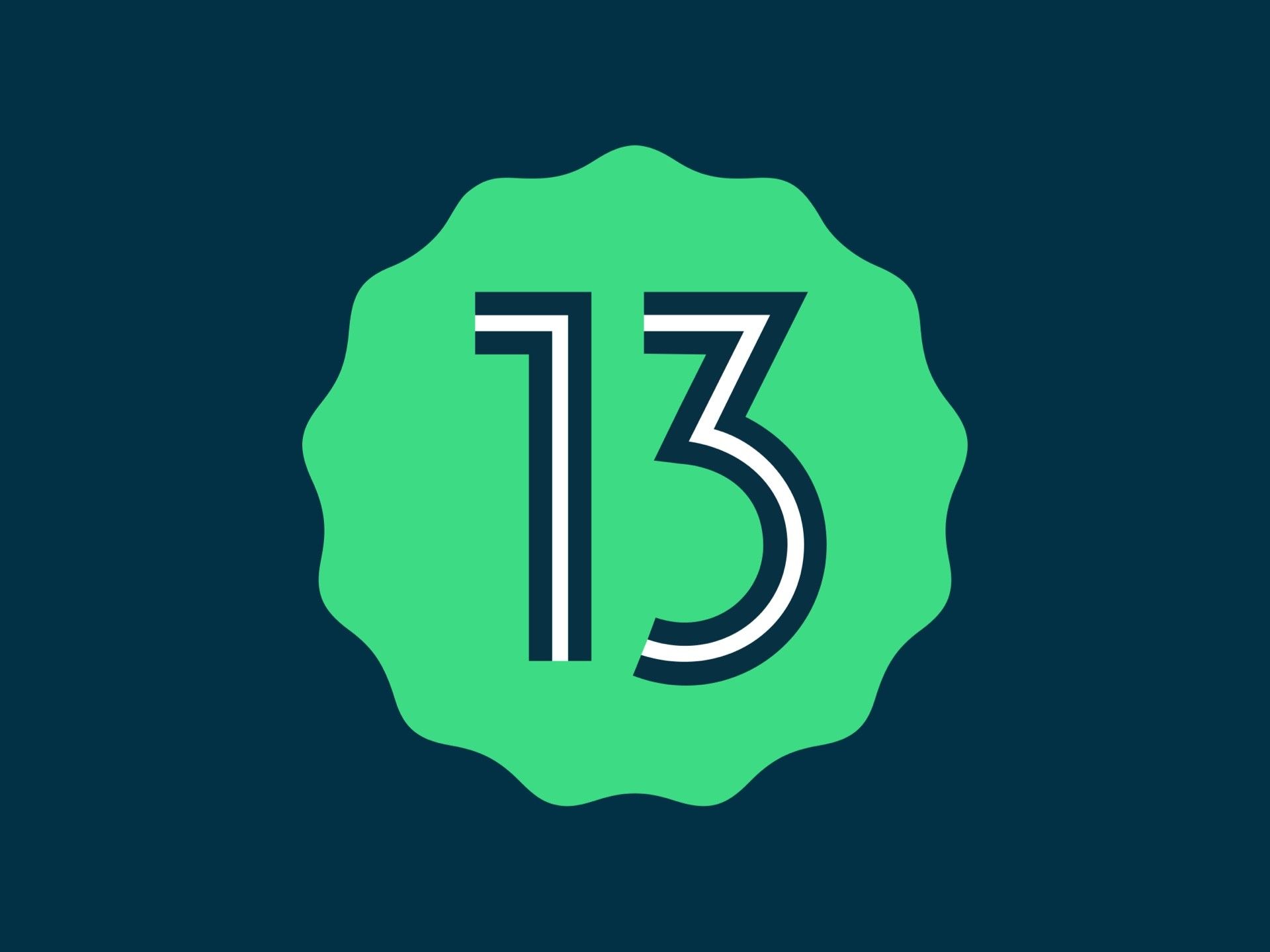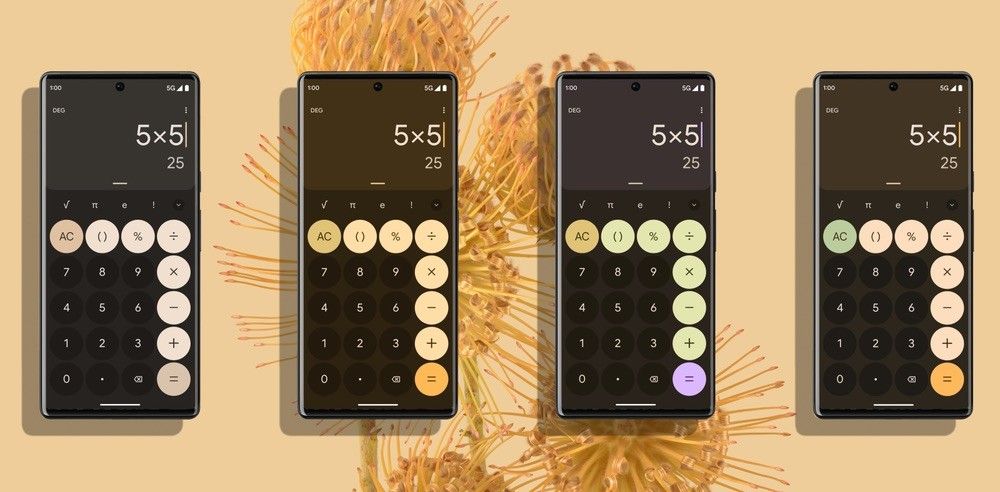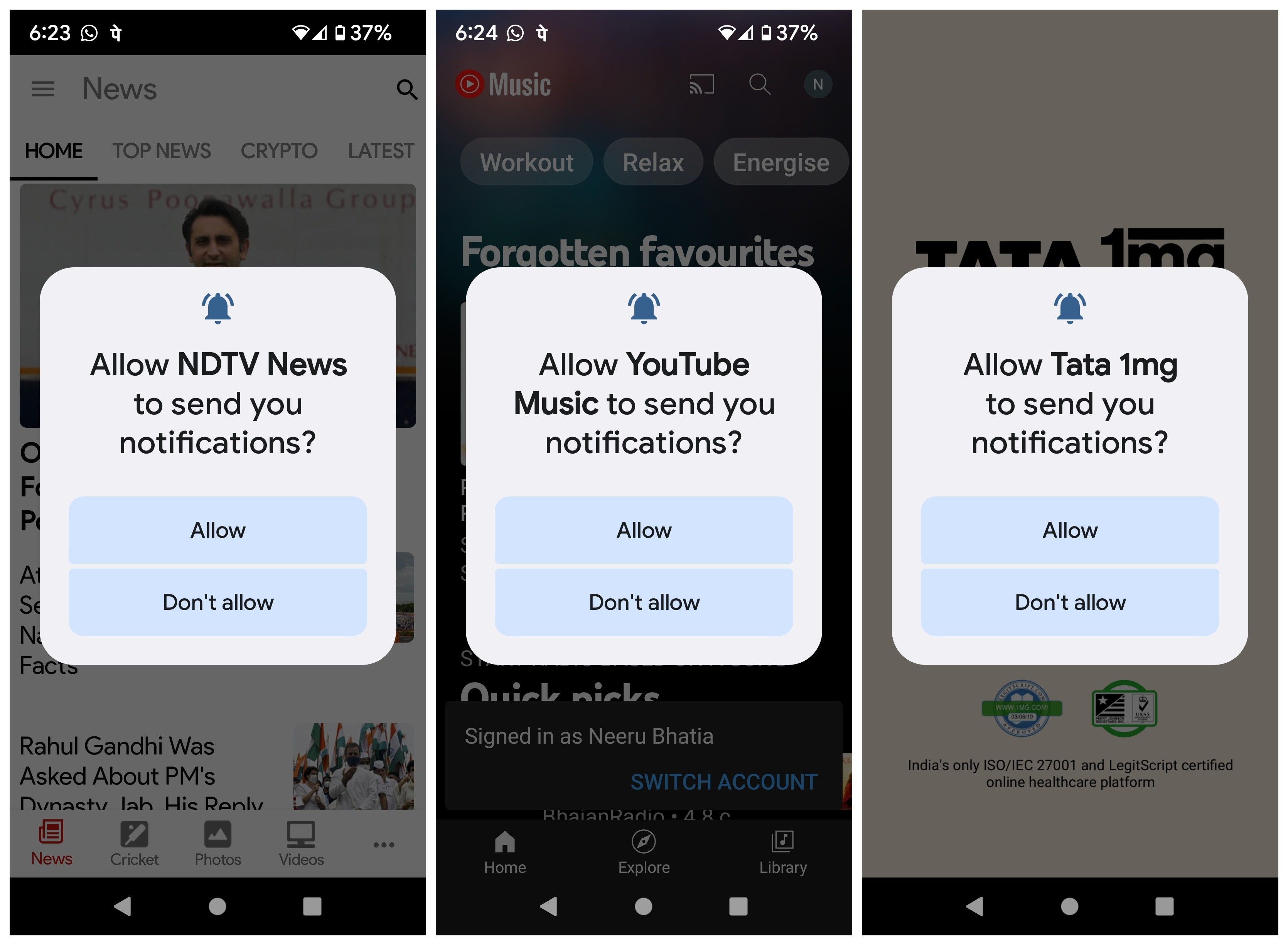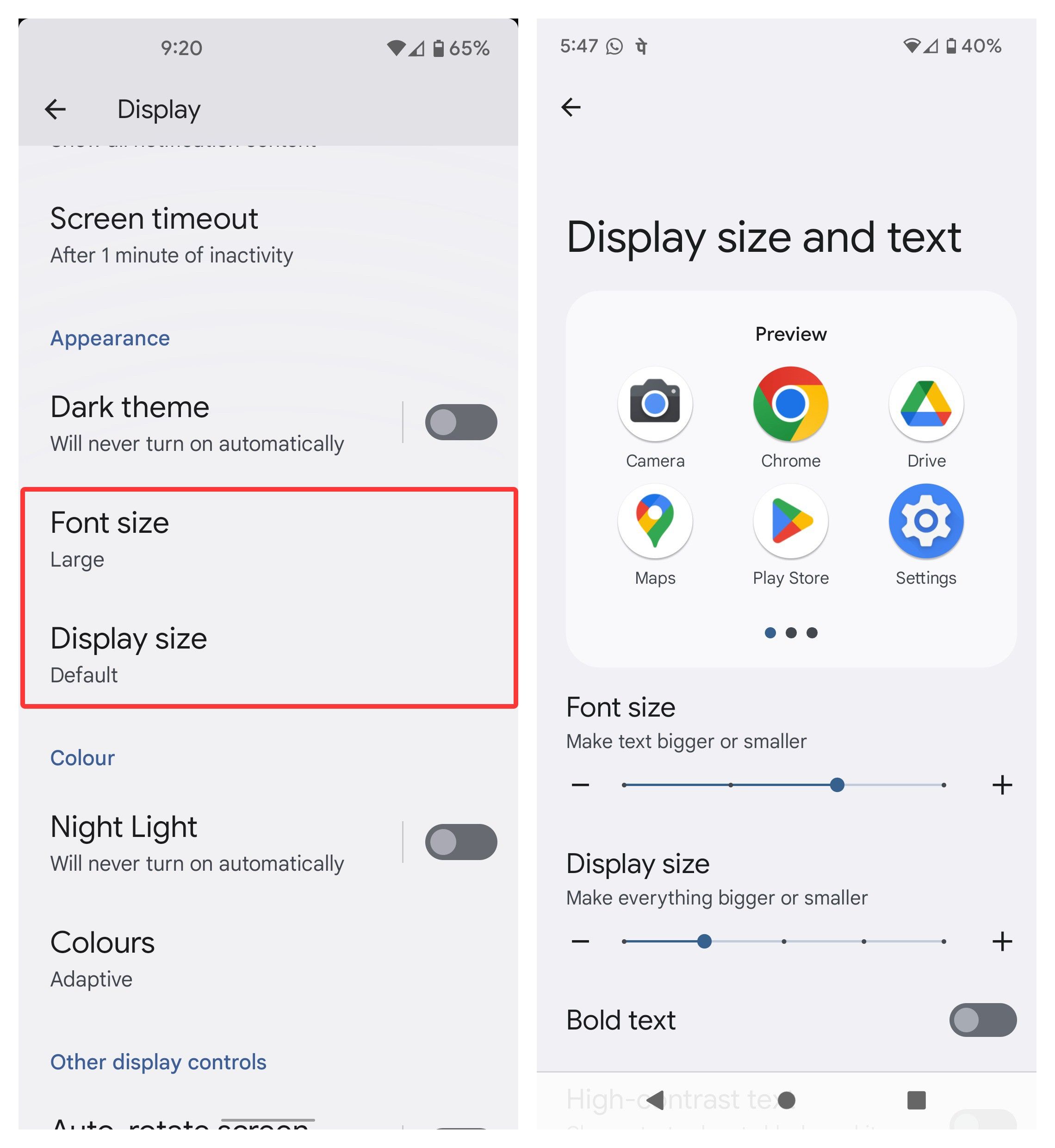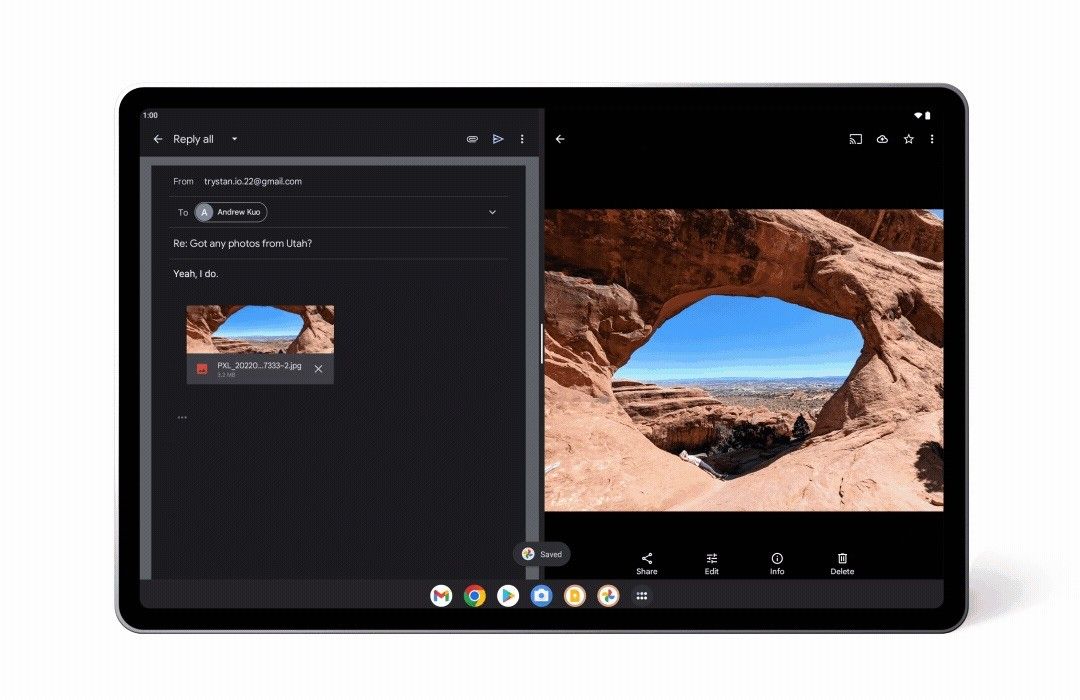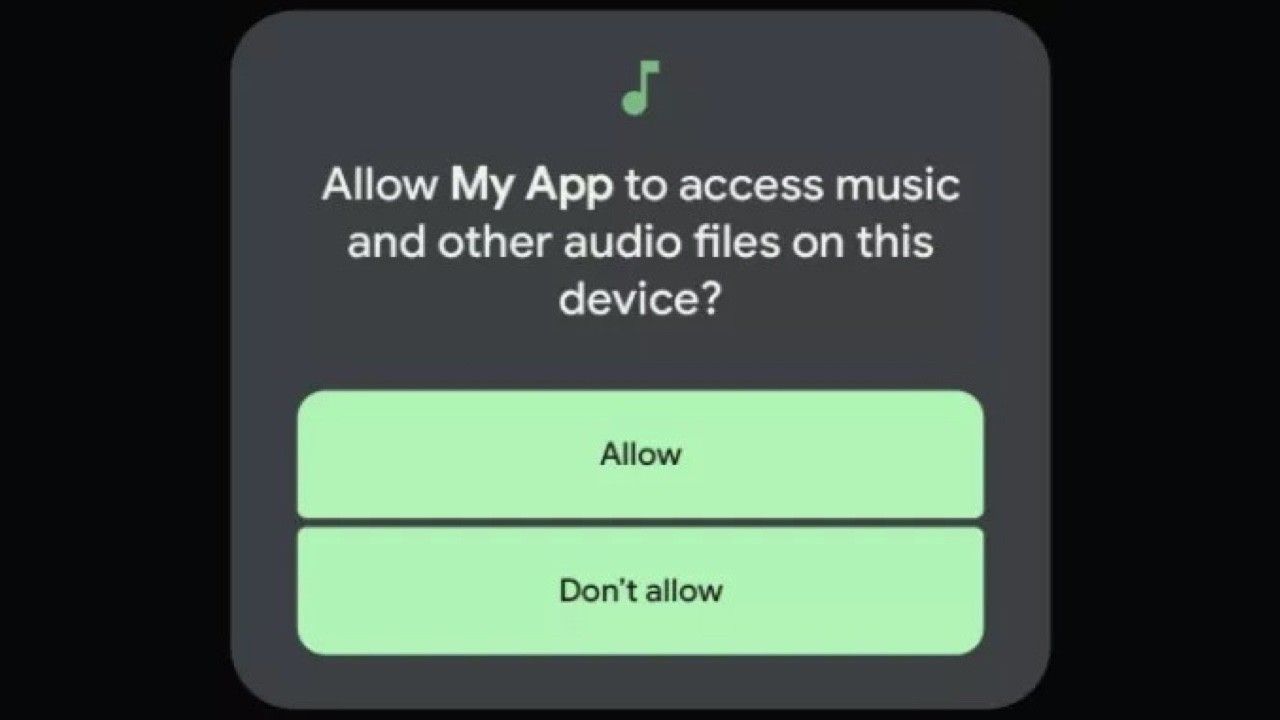Google showcased Android 13 back at the I/O Developer conference earlier this year. And now, after months and months of testing, Google has released Android 13 to the general public today. The update is now available for Google Pixel 4 and above, while the devices from other OEMs will be getting Android 13 "later this year."
Though the new Android 13 update isn't as major of an upgrade as the last year's Android 12, it builds on the foundation laid by Android 12 and brings several new minor features and changes. Interested in finding out what's new in Android 13? You've come to the right place. Here are all the differences between Android 13 vs Android 12 that we've spotted so far:
Android 13 vs. Android 12
Material You Gets Much-Needed Upgrades
Source: Google
With Android 12, Google introduced the new Material You themeing to the world. The Material You UI allows users to personalize their smartphone with a custom color palette and redesigned widgets. It picks colors from the wallpaper and applies them throughout the system so your smartphone feels even more inclusive.
Android 13 brings a much-improved Material You themeing engine. The color-picking engine not only works better than before, but you can also choose a preset color scheme for your smartphone if you don't want to use wallpaper-based themeing. Moreover, "Themed icons" are no longer limited to first-party Google apps. In Android 13, you can choose to apply theme colors to third-party app icons as well.
Apps No Longer Send You Notifications Without Your Permission
Source: Pocketnow
In Android 12, and all the Android versions released prior to it, apps had the permission to send notifications right from the time they were installed. If you don't want to receive notifications from a specific app, you have to do it manually by going into settings.
Not anymore, as apps on Android 13 require your permission before sending notifications. When you open an app, you will get a pop-up asking if you want to receive notifications from that specific app. You can then choose to allow (or disallow) the app to send notifications, making it a much better user experience than before.
Read: These are the best new features of Android 13
Control Smart Home Devices Without Unlocking Your Phone
Source: Pocketnow
Android 12 comes with the ability to control your smart home devices directly from the lock screen. However, it requires you to unlock your device, making the entire experience feel slow and clunky. Google has added an option in Android 13's Lock Screen settings that allows you to bypass the lock screen and control some smart home gadgets without unlocking your phone.
Change Display and Font Size From the Same Screen
Left: Android 12, Right: Android 13
Source: Pocketnow
The Display settings page had separate sections for changing the display and font size until Android 12. In Android 13, Google has combined the two options so you can change the text size and display size right from the display settings.
Bigger Navigation Bar
Left: Android 12, Right: Android 13
Source: Pocketnow
A small but noticeable change in Android 13 is that it features a slightly thicker navigation bar compared to Android 12. The new navigation bar, even though it looks a bit like iOS, is more usable and looks better than the previous generation.
New Method to Enter Split-Screen View
The split-screen mode is nothing new — it's been a part of the OS since Android Nougat. The new Android 13 update features a new method to trigger a split-screen view. In addition to triggering split-screen from the recent menu, you can now simply long press on notifications and drag them to enter the split-screen mode.
https://twitter.com/tech_that_out/status/1505075275956383749
More Optimizations for Devices With Big Screens
Source: Google
With Android 12, Google optimized the software for large-screen devices. Android 13 builds on the legacy Android 12 left and comes with a number of improvements for big-screen devices. You can now drag and drop apps from the toolbar to open them side-by-side. You can even drag and drop files between two apps in split-screen mode.
As part of its plans for optimizing its Android apps for the big screen, Google says it is updating more than 20 of its first-party apps and working with third-party app developers, including TikTok, Zoom, Facebook, and others. The company also adds that the Google Play Store will start showing tablet-optimized apps first, starting with Android 13.
More Secure Media Access Permission
Source: Google
By default, Android 13 restricts how much personal data apps can access. Instead of giving access to all the "Files and media" stored on the phone, Android 13 divides the media access permission into two. An app will need to request access to two different categories: "Photos & videos" and "Music & audio," making the new Android 13 more secure as compared to Android 12. The new update also features a new Photo Picker that gives access to only select photos.
Better Stability
Finally, it's worth noting that Android 13 is a lot more stable than Android 12. Google has focused a lot on general usability, app launching speed, animations, and overall performance of Android. It's been improved a lot. Even during my time with the Android 13 beta, I felt the OS was much smoother than the Android 12 stable version on my Pixel 6. On the whole, expect your smartphone's stability and performance to improve when it gets updated to Android 13. And oh, talking about Android 13's availability...
When Is Android 13 Coming to Your Device?
Source: Google
Google has released Android 13 for Pixel devices today. You can find the list of compatible Pixel devices down below. Those wondering about the devices from other manufacturers, including Samsung, OPPO, OnePlus, HMD, Motorola, Realme, Sony, Xiaomi, and Asus, Google says that these manufacturers will roll out the Android 13 update for their devices "later this year."
- Pixel 4
- Pixel 4a
- Pixel 5
- Pixel 5a
- Pixel 6
- Pixel 6 Pro
- Pixel 6a
While, on paper, the Android 13 doesn't seem like a massive upgrade, it brings a number of features (and stability improvements) that makes the whole experience much better than the last year's Android 12. What are your thoughts on Android 13 and the new features that come with it? Let us know in the comments section below!
You can try Android 13 on these Pixel phones right now!
-
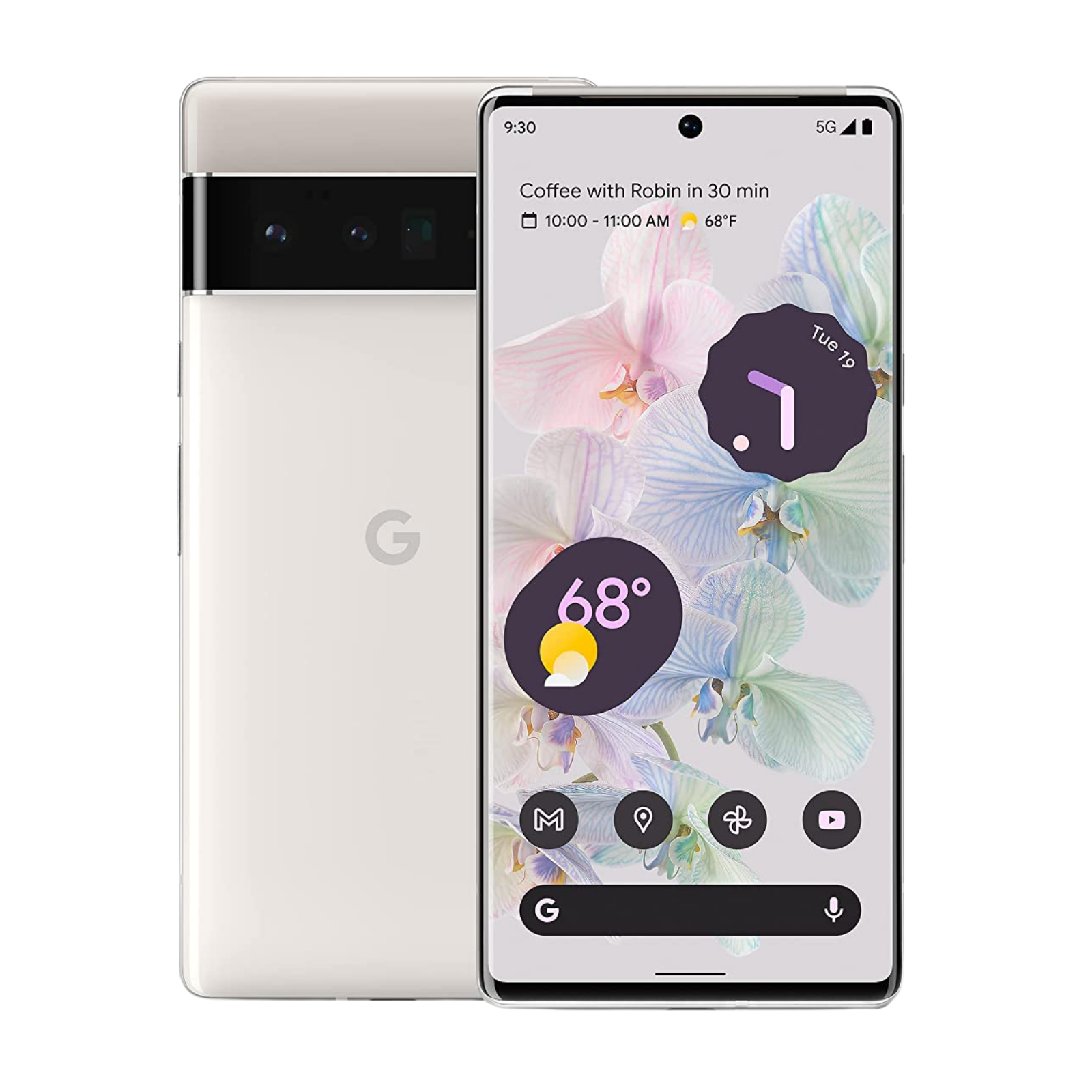
Google Pixel 6 Pro
The Pixel 6 Pro is the more premium Pixel flagship. It has a 50MP main camera, a telephoto with 4x optical zoom, and a useful ultrawide sensor. It supports 120Hz, and both the Pixel 6 and Pro come with 5 years of support by Google.
-
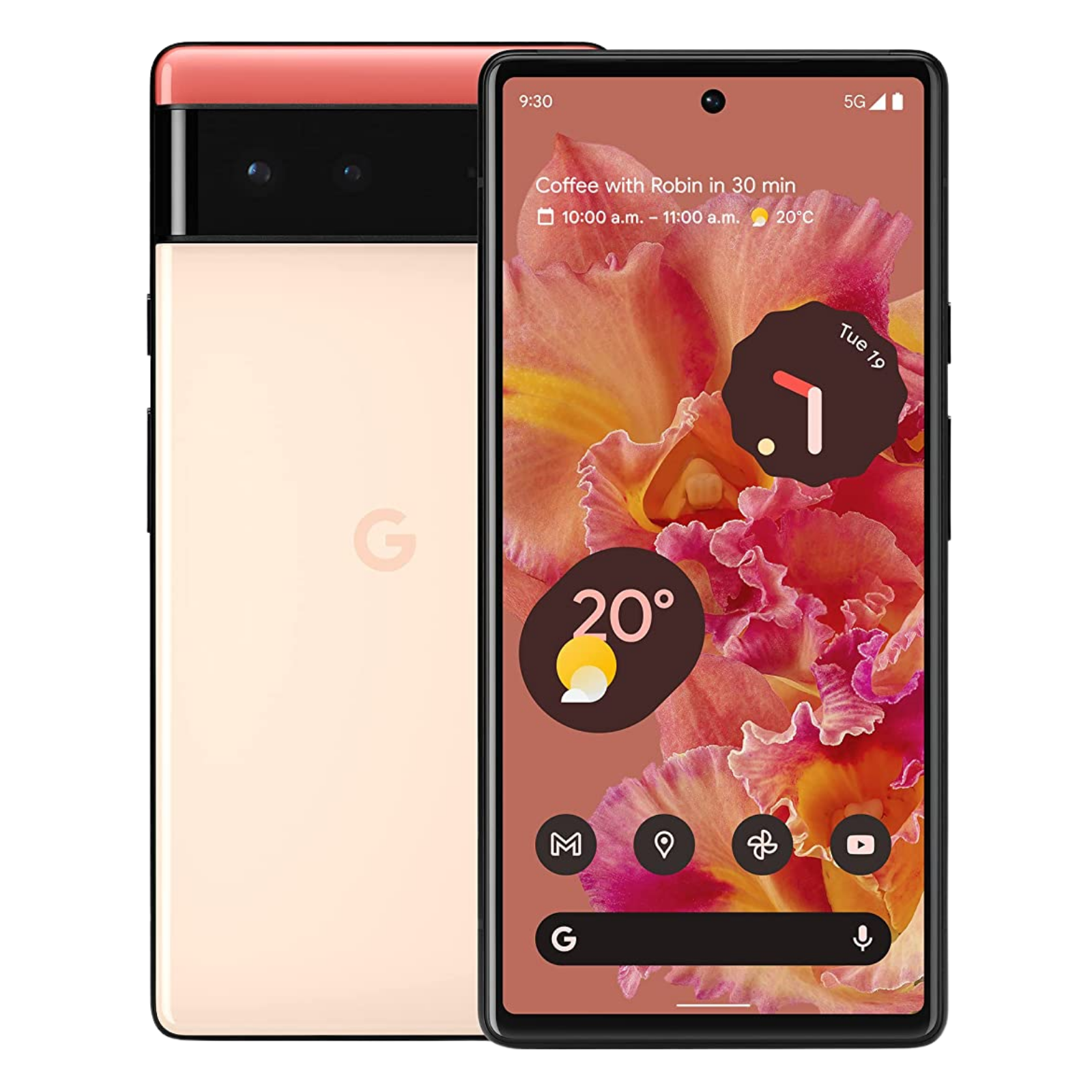
Google Pixel 6
$190 $600 Save $410The Google Pixel 6 is the more compact and affordable variant from the new flagship series. It features most of the same features and comes with the same primary and ultrawide camera as the Pixel 6 Pro.
-
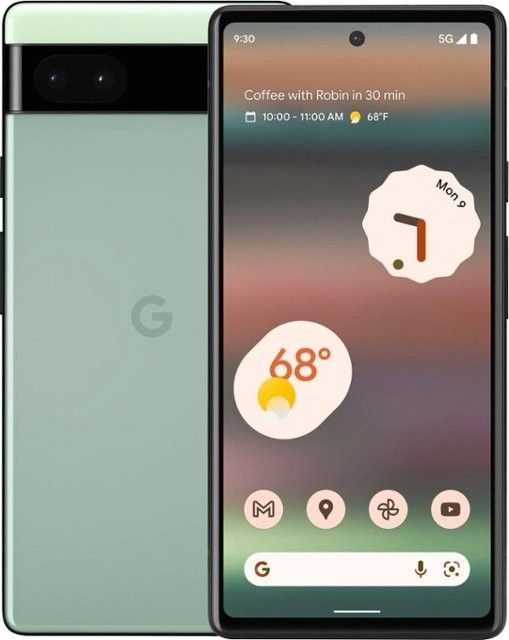
Google Pixel 6a
$299 $449 Save $150Google Pixel 6a is the latest budget smartphone from Google. Despite being affordable, the Pixel 6a comes with best-in-class features and specs, such as a Google Tensor chip, the same camera software as the Pixel 6 series, a new design, and more.

